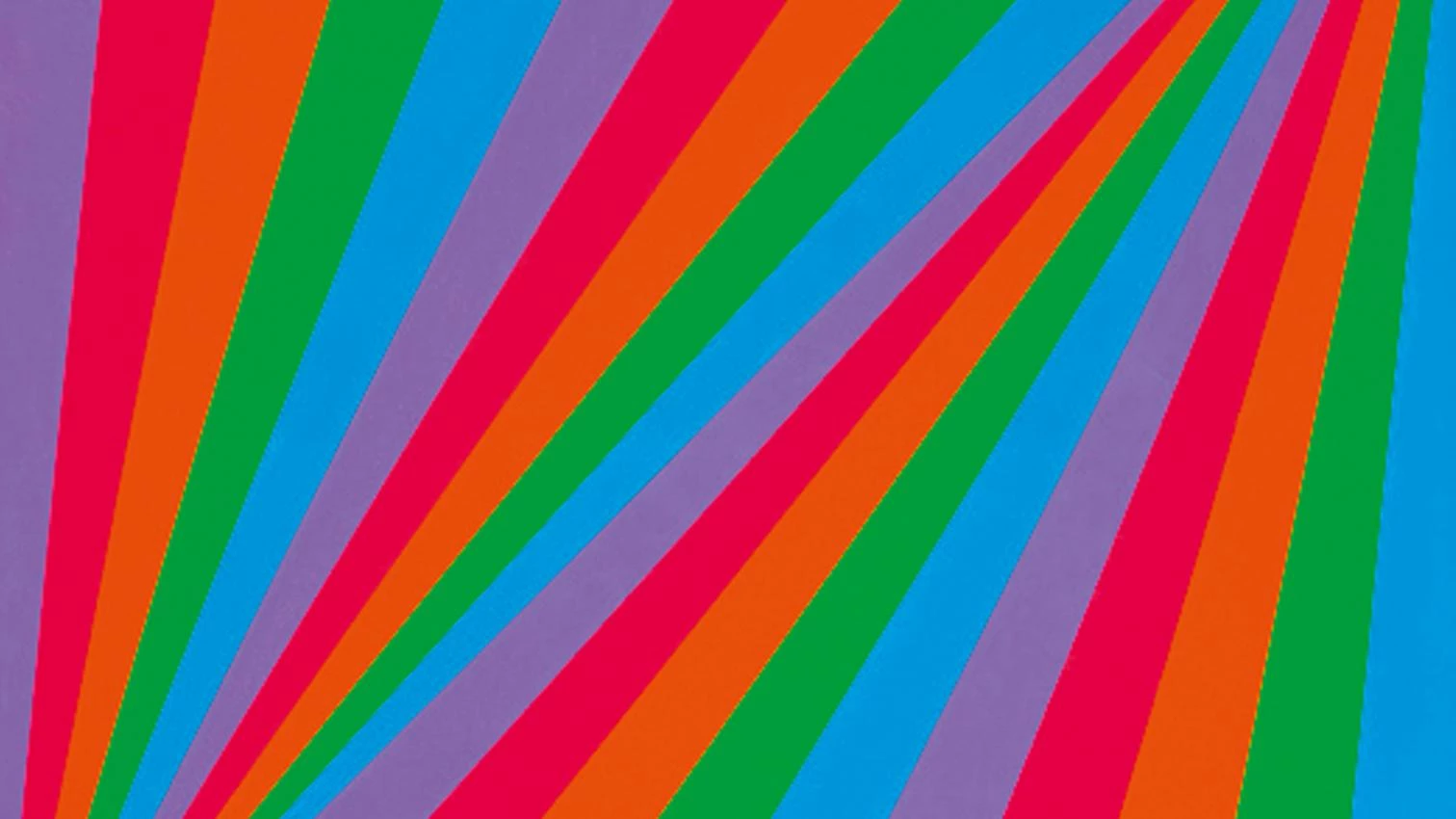
The Bauhaus continues to be an inexhaustible treasure, a gold mine for museums to keep exploiting. A case in point is the Juan March Foundation in Madrid, which has already held several exhibitions on members of that German movement: three on Wassily Kandinsky, two on Paul Klee, and a recent one on Josef Albers. Now comes a major show on Max Bill. Running through 17 January 2016, it brings together 170 canvases, sculptures, advertising posters, books, furniture pieces, and other objects, from watches to hangers and typewriters. It is the first important retrospective on the Swiss artist, born in the year 1908, ever to be mounted in Spain, and pays special attention to Bill’s work as an artist and designer. The journey begins with his training at the Bauhaus school, where he was much influenced by masters like Klee and Kandinsky, especially by the latter, who imbued him with rather esoteric ideas on the spiritual meaning of artistic creation. This did not prevent him from taking an interest in mass media and advertising, an interest which led him to compose his first posters and set up a design agency of his own. Although he always considered himself primarily an architect – a facet not addressed by the Madrid show – Max Bill would be very influential in the art world: his aesthetic ideas on ‘good form,’ assimilated into ‘concrete art,’ were to have a great bearing on the Latin American avant-gardes as well as on the various European currents of the 1950s and 1960s.





